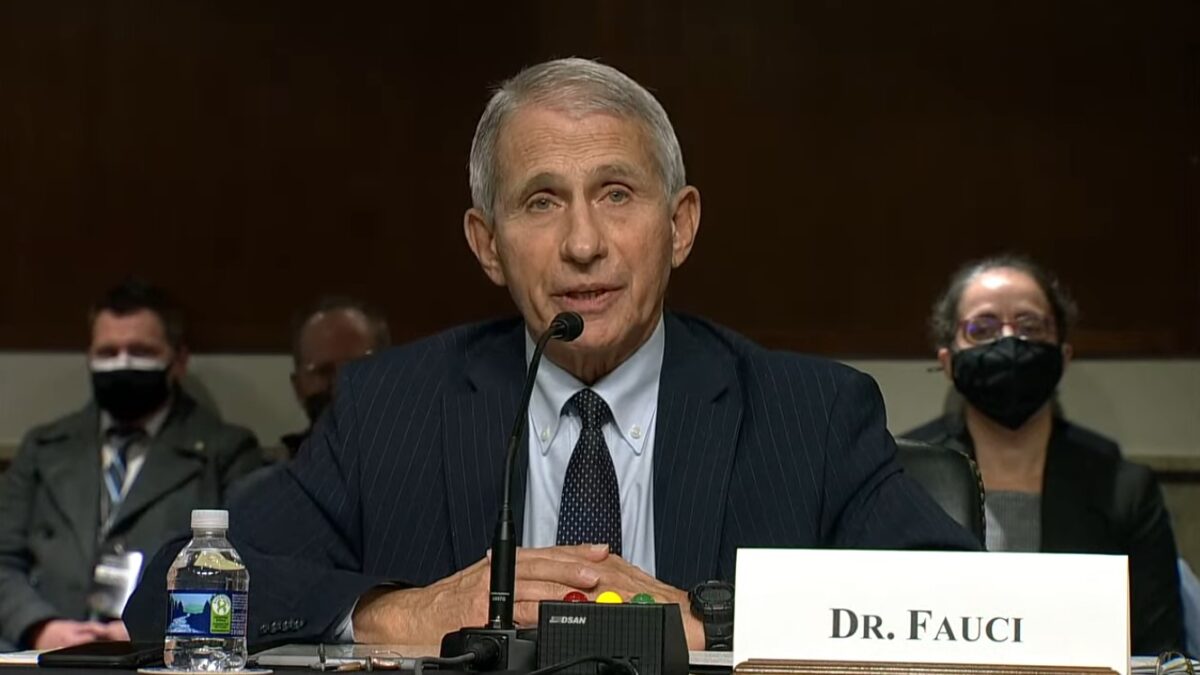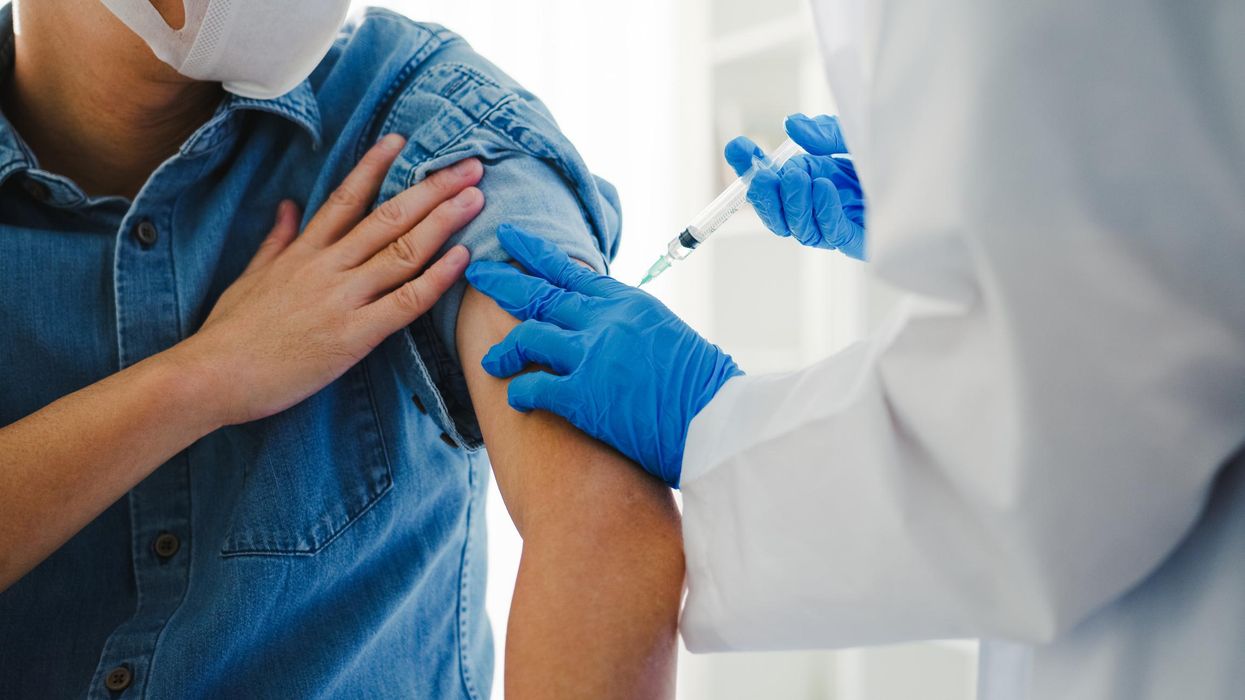 |
| Fox News/YouTube |
Why don’t we know the origins of Covid-19? It’s been nearly three years, and even after scientists have analyzed millions of virus sequences, have taken samples of thousands of animals, including hundreds from the Wuhan market where the virus first is alleged to have broken out, we still haven’t discovered the proximal cause of the pandemic. It is strange, to say the least.
In November of 2002, a SARS outbreak erupted among restaurant workers handling live animals in a “wet market” located in Shenzhen, China. Not long after the initial outbreak, the disease went international. By May 2003, Chinese researchers found a virus in palm civet cats at the market that was nearly identical to the pandemic virus. This virus, SARS-CoV, fizzled out after causing 8,000 cases resulting in 800 deaths worldwide. But the virus currently in question is believed to have caused nearly 1 billion cases and possibly 20 million excess deaths, and we are still searching for answers. Why?
What if the proximal origin of the current pandemic is a U.S. government-funded, lab-engineered virus that leaked from the Wuhan laboratory? What if powerful interests would rather you not find out? It may sound conspiratorial, but we should consider the science.
The closest overall genetic match to SARS-CoV-2 is a bat coronavirus named RaTG13. But this virus is not a close enough genetic match to have morphed into SARS-CoV-2, especially given that RaTG13 cannot infect human cells. Curiously, the part of the SARS-CoV-2 spike that binds to human cells (i.e., the receptor-binding domain or RBD) is nearly identical to the RBD in a pangolin coronavirus spike. Stranger still is that a virus that supposedly just emerged from an animal was so optimized for human infection.
Should we be alarmed that publication of this important information was suspiciously stifled for over one year, corresponding to when Anthony Fauci reluctantly admitted that a “lab leak” was possible? --->READ MORE HERE
 |
| tirachard/Getty Images |
Market forces of supply, demand, quality, and price never played a role in the consumer decision to get the COVID shots. After all, even where they weren’t downright mandated upon the people, they were funded, distributed, and essentially coerced upon individuals by every lever of power imaginable. But what about the sentiments after the fact? Was there buyer’s remorse? A new online poll from a large Aussie news publication might shed some light on a massive percentage of jabbed individuals regretting their decision, a finding that coincides with much of the data showing a large number of people experienced unnerving side effects.
News.com.au solicited the public to answer a survey about their vaccine experience. Out of the 45,000 respondents, roughly 67% said they were vaccinated. Obviously, this is an oversampling of the unvaccinated relative to the broader Aussie population, and like with any online poll, the results are not scientific, but the shocking results among those who did get the vaccine are worthy of attention: 12,600 of the vaccinated, or 44%, say they regret getting the shots. At the same time, not a single individual who didn’t get the shots regrets not getting the jabs!
It’s logical that unvaccinated people would disproportionately answer the survey, but to have nearly half of those vaccinated say they regret it – juxtaposed to zero unvaccinated regretting their decision – is remarkable. Why would so many people regret getting the shots? It could be many realized they didn’t work and got COVID anyway. But still, why regret something that did no harm nor any good? Clearly, the universe of people who experienced at least an unpleasant response (more than just a sore arm), if not a downright injury, is larger than we could have imagined.
An interesting data point I’ve been tracking for nearly two years is the number of people in the U.S. who have only gotten one dose of the shot. That number has held steady at 38 million for quite a while, and the gap has never closed, even as the vaccination rate has slowed to a trickle. --->READ MORE HEREFollow links below to relevant/related stories and resources:
WHO reports 90% drop in world COVID-19 deaths since February
Paxlovid reduces risk of long Covid, Veterans Affairs study finds
USA TODAY: Coronavirus Updates
WSJ: Coronavirus Live Updates
YAHOO NEWS: Coronavirus Live Updates
NEW YORK POST: Coronavirus The Latest
If you like what you see, please "Like" and/or Follow us on FACEBOOK here, GETTR here, and TWITTER here.

No comments:
Post a Comment